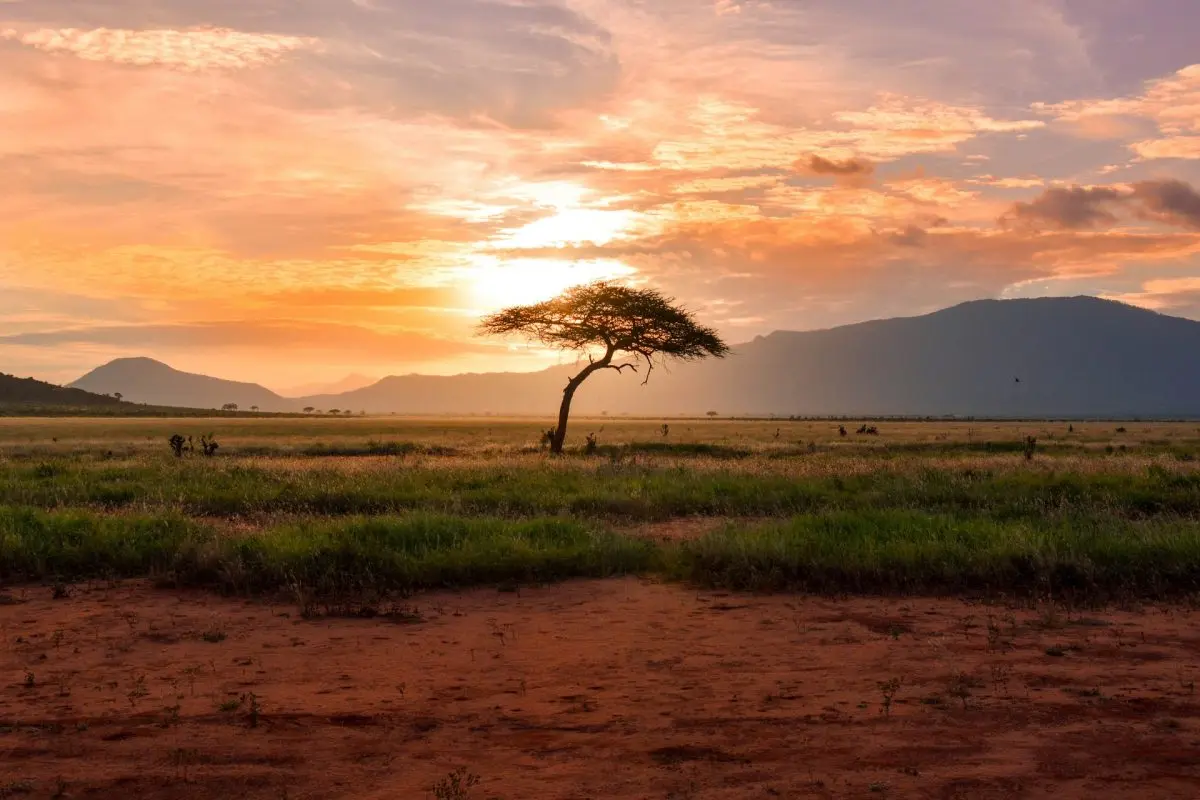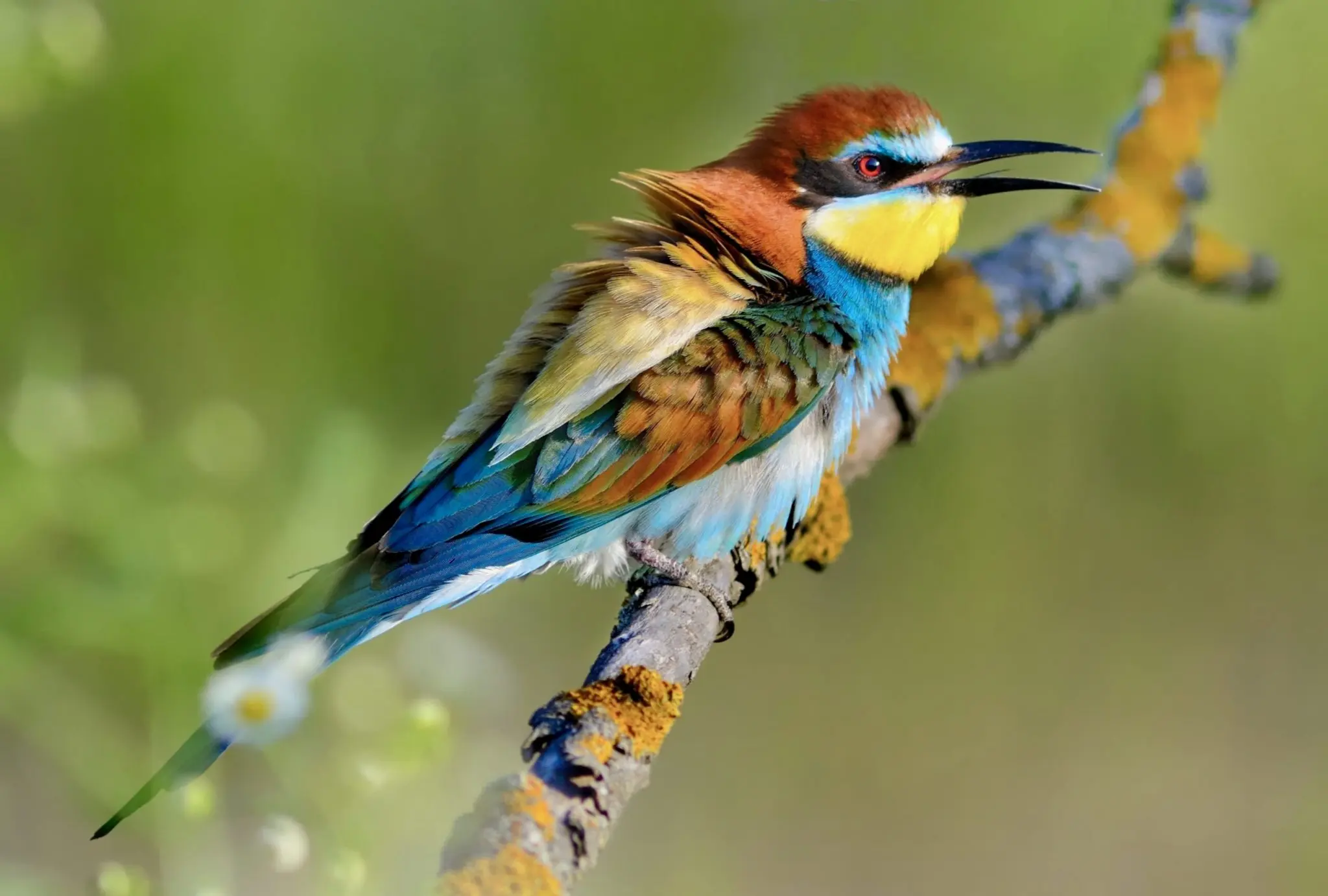Kenya is a world renowned tourism destination for good reason. It is culturally and historically rich as well as home to diverse terrains. Rolling savannahs, impressive mountains, lush forests, marshlands, lakes and breathtaking beaches draw several visitors each year, making the country a melting pot of nationalities across the seasons.
Along with human tourists, are also quite a number of delightful feathered guests too. Reports in 2020 ranked Kenya as the top African haven for migratory birds and sixth globally with a local team of birders recording 817 species mainly in the Rift Valley, Coastal and Eastern regions.

This directly translates into the growth of avitourism and birdwatching in the country over the years. With more interest in birdlife, organisations like Spring Alive actively spearhead awareness campaigns targeting migratory birds, undertaken annually by BirdLife International partners, including Nature Kenya.
The migratory routes of different animals covers a wide range of habitats. They cross contrasting landscapes and terrain that would not have any connection otherwise, such as deserts and oceans. World Migratory Bird Day (WMBD) celebrates how birds connect these habitats as well as the people that live there too.
However, with increasing human populations and urban development, many stops and breeding sites for these birds are suffering as a result. Hence, this day is about raising awareness around the importance of protecting these key sites, particularly by reducing light pollution.
We believe that one of the key primary steps when it comes to conservation is familiarization. You can only appreciate and protect something once you know about it after all. So without further ado here are a few fantastic birds to know about (and where to find them)

1. Madagascar Squacco Heron
Also known as the Malagasy Pond-Heron, this intra-migratory bird grows to 45–50 cm (18–20 in) in height and anywhere from 250–350 g (9–12 oz) in weight. There isn’t a large variation in weight between the sexes as they are quite similar in body structure. Feather, eye, and bill colour are determined by life stage (chick, juvenile, and adult) and reproductive status. (A streaked buff brown when not breeding and snow white with a blue bill and red legs when breeding)
They are primarily found in the wetlands of Seychelles and Madagascar, and migrate to Eastern Africa in May only journeying back to their natural breeding ranges in October. Interestingly, if by October individuals have not matured into the breeding stage, they do not return home but rather remain in the non-breeding, fresh-water marshes of Kenya, Tanzania, Uganda, Rwanda and Zambia.

2. Eurasian Bee Eater
A name to be taken literally, this species is arguably what a bad day looks like for any bee. They grow to lengths of 27–29 cm (10.6–11.4 in) and are known to take out the stingers of bees by repeatedly hitting them on a hard surface before eating. They can consume up to about 250 bees a day alongside certain wasps and hornets.
Breeding in Europe, with groups nesting on the Iberian Peninsula and into eastern Europe as well as further westwards right across to China, these colourful birds migrate into tropical Africa mainly to evade winter. Their presence is given away by their cheerful calls across the savannahs, lakes and greenlands of Northern Meru, Maasai Mara, Amboseli and Lake Nakuru among others, especially right after the rains (More reason to plan a green season safari)

3. Mangrove Kingfisher
Very similar to the Woodlands Kingfisher, the two species are separated by the Mangrove’s greyer head and all-red bill.
They are 8.7-9 in (22-23 cm) in length and partial migrants. This little bird can be found across mangroves and estuaries in Kenya, Tanzania, South Africa and Mozambique. With a somewhat complex migratory pattern, they typically move inland to woodland areas to lay their eggs. (Around October in Kenya, in December in Tanzania, and between October to January in South Africa)
A solitary species, the mangrove kingfisher has also been observed to travel and forage alone or in pairs. While in Kenya, you can spot them at Arabuko Sokoke, Dakatcha Woodland, Sabaki River Mouth, Shimba Hills, Tana River Delta, Lower Tana River Forests, and King Marine National Reserve.

4. Common Greenshank
Identifiable by their green legs, greenshanks are about 30–35 cm in length, with a wingspan of 55–65 cm and weight up to 190 g for both males and females. At first glance they do look very similar to sand pipers, especially when in water, but birders can tell them apart by the upturned shape of their bills. Being migratory subarctic birds, they breed from Northern Europe and East across the Palearctic.
During winter seasons, they journey down to the non-breeding ranges of tropical East Africa. In Kenya they can be spotted across a range of wetlands from Amboseli National Park to Mida Creek.

Keen to spot some of these and kick off a new hobby in birdwatching or photography? Check out our variety of destinations. Happy World Migratory Bird Day Nomads!
